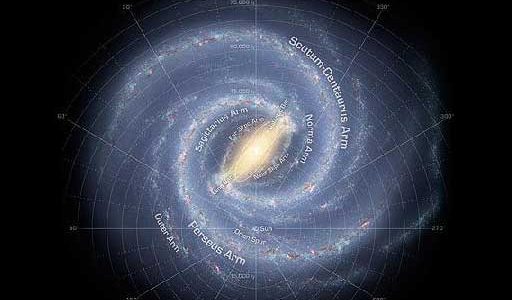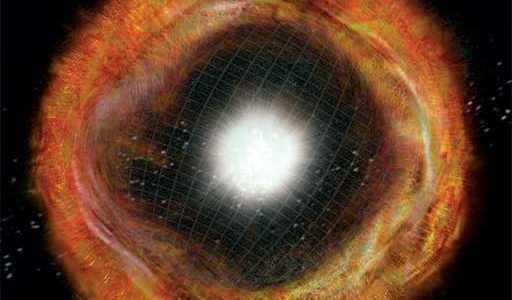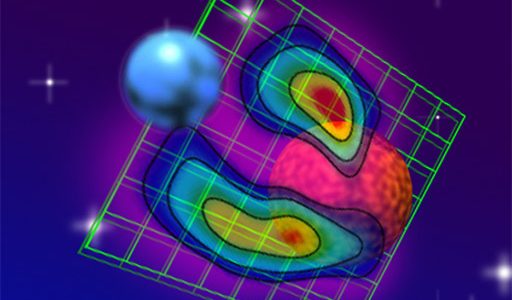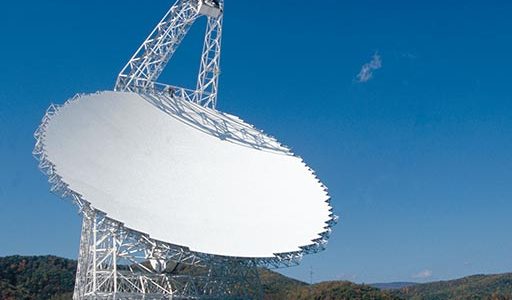Latest NRAO News
News is managed by NRAO News & Public Information. Questions about News? Have a story to share? Want to interview a scientist or create new media about our telescopes?

Astronomers studying the Milky Way have discovered a large number of previously-unknown regions where massive stars are being formed. Their discovery provides important new information about the structure of our home Galaxy and promises to yield new clues about the chemical composition of the Galaxy.

Dr Dale Frail, an astronomer at the National Radio Astronomy Observatory in Socorro, New Mexico, has been awarded a prestigious Guggenheim Fellowship, according to the John Simon Guggenheim Memorial Foundation.

For the first time, astronomers have found a supernova explosion with properties similar to a gamma-ray burst, but without seeing any gamma rays from it.

A West Virginia high-school student has discovered a new pulsar, using data from the giant Green Bank Telescope.

Astronomers have found a giant magnetic loop stretched outward from one of the stars making up the famous double-star system Algol. The scientists used an international collection of radio telescopes to discover the feature, which may help explain details of previous observations of the stellar system.

Teamwork between gamma-ray and radio astronomers has produced a breakthrough in finding natural cosmic tools needed to make the first direct detections of the long-elusive gravitational waves predicted by Albert Einstein nearly a century ago.





